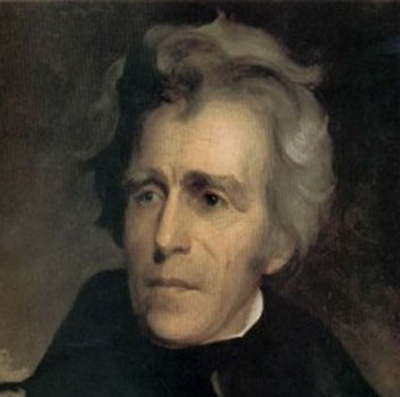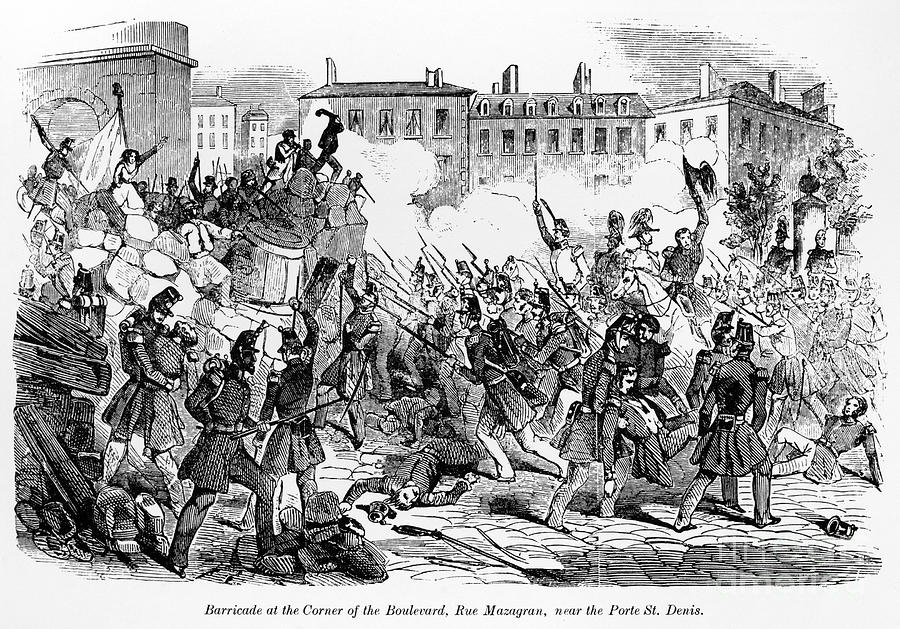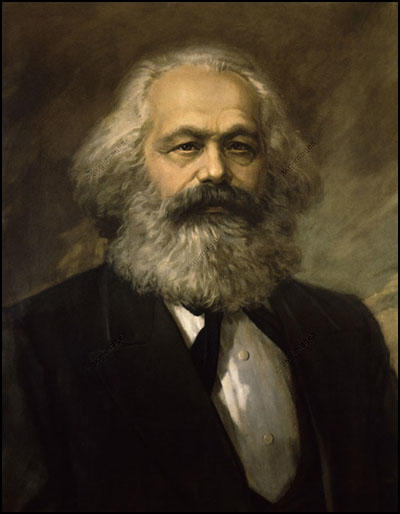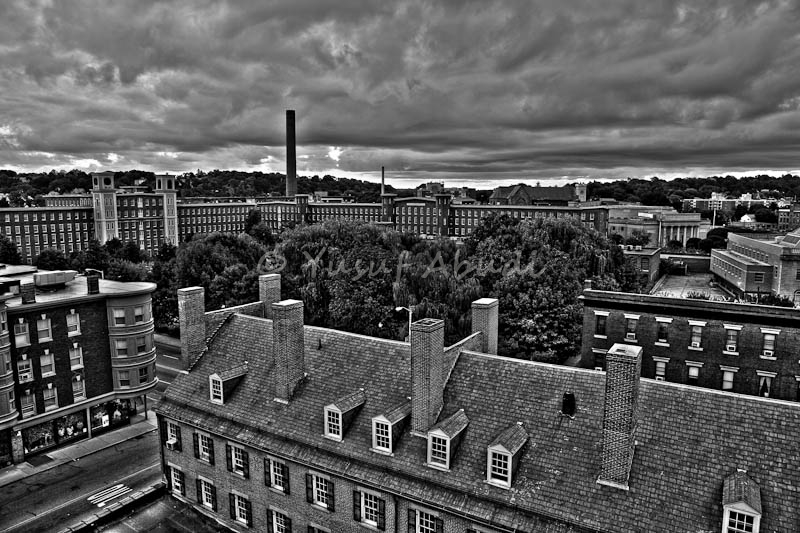 |
| Andrew Jackson http://img4.wikia.nocookie.net/__cb20120817224533/althistory/images/8/8d/Andrew-jackson-1-.jpg |
Recently in history class, we have been learning about Andrew Jackson, the 7th president of the United States, and whether or not he should be known as "the people's president," which was a nickname given to him by the people of the United States. The essential question for this unit was "Is Andrew Jackson's long-standing reputation as "the people's president" deserved? Why? Why not?" To answer this question, my class divided into groups to study three major events of his presidency: the bank war, indian removal, and the spoils system. After looking at sources and watching videos about our assigned event, the groups made creative projects, which demonstrated the success/ failure of the event. My group wrote and performed a skit on the bank war, and watched the presentations from the other groups. By learning about each event through the presentations, we were able to determine that Andrew Jackson tried his best to be "the people's president," but sometimes didn't live up to his expectations.
 |
| This is the script for the skit my group presented in class about Andrew Jackson and the Bank War. |
The bank war, the spoils system, and indian removal prove that Andrew Jackson tried, but sometimes failed, to be "the people's president." During the bank war, Andrew Jackson wrote a bank veto message to congress, which stated that he didn't approve of the high amount of rich stockholders in the bank. Jackson didn't support the high amount of power the banks, especially the Second Bank of America, had, and thought that the banks were not beneficial to the poorer classes. 20 out of 25 of the bank directors at this time were chosen by the rich bank stockholders, and only 5 were chosen by the government. The bank did not follow the system of checks and balances, and Jackson strongly believed that the middle and lower classes should have more power over the bank. Andrew Jackson was definitely "the people's president" during the bank war, and he was determined to change the banks. When Daniel Webster replied to his bank veto message, Webster said that the veto was close to absolute monarchy, and that Jackson was extending his grasp over every branch of government and setting the poor classes over the rich ones. Despite this, Jackson succeeded and helped the majority of Americans by improving the bank system.
I watched presentations on the other two big events of Andrew Jackson's presidency, and used these presentations, as well as my own, to predict whether or not Jackson was "the people's president." During the indian removal, Jackson tried to persuade the Indians living in areas such as Florida and Georgia to move out west. He told the Indians to either move out west, or stay and obey American laws, and Congress declared his Indian Removal Act unconstitutional. Around 100,000 Indians had to move, and many died on the Trail of Tears. Jackson did not care for the Native Americans, because he let so many die, but was still "the people's president" because His intention when he made the Indians leave was to make everyone else happier. In the spoils system, Andrew Jackson promised people good jobs if they voted for him as president. "Spoiling" his followers was intended to keep himself in office as long as possible, which is a highly selfish act. By initiating the spoils system, Andrew Jackson was trying to be "the people's president," but failed. In all three events, Andrew Jackson was trying to live up to his expectations as "the people's president," and he succeeded during the bank war, but failed during the spoils system and indian removal.













